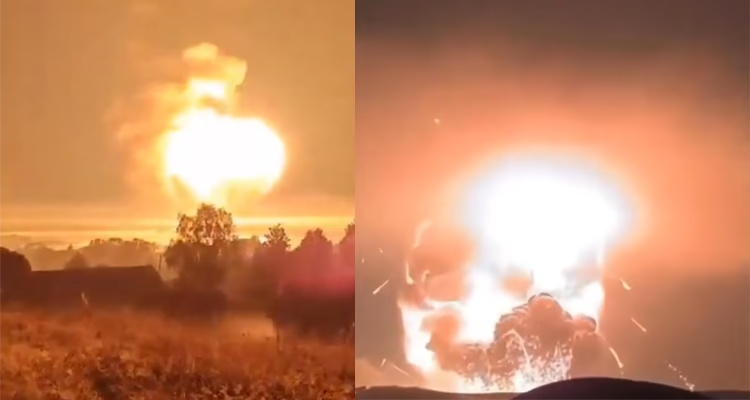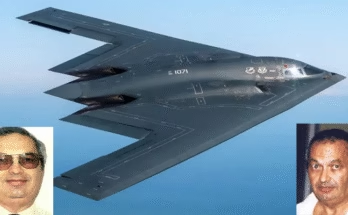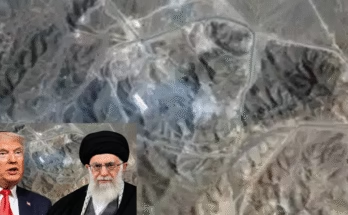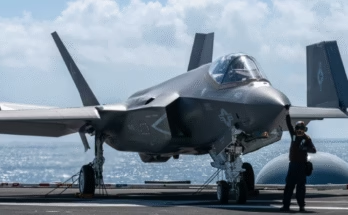
News Desk: Following a dramatic escalation in the Middle East, security has been significantly tightened in major American cities after the United States launched airstrikes on three of Iran’s key nuclear facilities—Fordow, Natanz, and Esfahan.
The New York Police Department (NYPD) has increased its presence at religious, cultural, and diplomatic locations across the city. “We’re tracking the situation unfolding in Iran,” NYPD posted on X (formerly Twitter), adding, “Out of an abundance of caution, we’re deploying additional resources and coordinating with federal partners.”
In a similar move, the Metropolitan Police Department of Washington, D.C., confirmed enhanced coordination with local, state, and federal agencies. “There is no known threat to the District currently, but our officers remain on alert,” the department stated. Religious institutions in the capital are receiving particular attention.
Authorities in both cities have urged the public to remain vigilant while emphasizing there is no immediate threat.
Trump Confirms Iran Strikes
President Donald Trump, in a nationally televised address from the White House, confirmed that U.S. forces had carried out precision airstrikes on Iran’s major nuclear enrichment facilities, calling it a “spectacular military success.”
— Donald J. Trump (@realDonaldTrump) June 22, 2025
“The sites—Fordow, Natanz, and Esfahan—have been completely and totally obliterated,” Trump declared. “Iran must now choose peace, or face far more devastating consequences.”
He also credited Israeli Prime Minister Benjamin Netanyahu and the Israeli military for their support, calling the mission a “joint effort.”
Iran Responds with Missile Attacks
Within hours of the U.S. strike, Iran retaliated by launching dozens of ballistic missiles towards Israel. The Islamic Revolutionary Guard Corps (IRGC) confirmed the use of its new multi-warhead “Khyber-Shaken” missile during the latest wave of Operation Sadeq Promise 3. Targets included Ben Gurion Airport and a biological research facility.
The new missile, capable of evasive maneuvers, is seen as a major step forward in Iran’s military arsenal and signals a dangerous escalation in the Iran-Israel conflict, which initially reignited following Israeli attacks on Iranian military infrastructure last week.
Iran’s leadership vowed that “all options remain on the table” to defend the nation.
U.S. Bases at Risk of Retaliation
With tensions at a boiling point, several American military installations across the Middle East are now on high alert. These include:
-
Al Udeid Air Base (Qatar) – Largest U.S. base in the region.
-
US Navy Fifth Fleet HQ (Bahrain) – Key strategic point in the Persian Gulf.
-
Al Asad Air Base (Iraq) – Previously targeted by Iran in 2020.
-
Harir Air Base (Erbil, Iraq) – Vulnerable to drone strikes by Iranian-backed groups.
-
Al Tanf Garrison (Syria) – Near the Iraq-Jordan border, recently hit by Iran-backed militias.
-
Ali al-Salem Air Base (Kuwait) – Close to Iraq, houses the 386th Air Expeditionary Wing.
-
Al Dhafra Air Base (UAE) – Home to U.S. F-22s and surveillance assets.
As the world watches the rapidly evolving situation, Washington and Tehran appear locked in their most dangerous standoff in years—one that now risks broader regional fallout.



